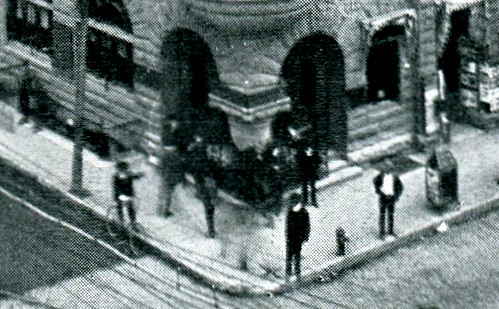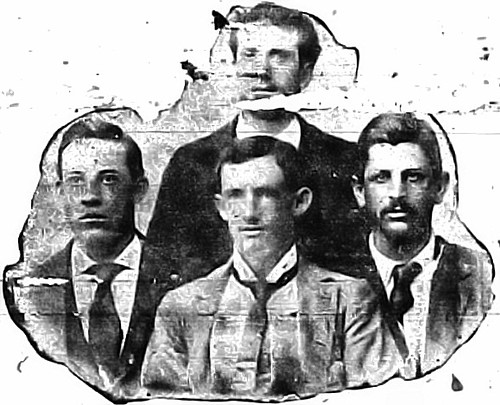In 1897, the Joplin Globe reported that a large number of cyclists were ignoring a city ordinance that required cyclists riding at night to use a headlight. The paper called upon the Joplin Police Department to enforce the ordinance after a large number of complaints had been made by “persons who have narrowly escaped being run down at dark corners by reckless riders.” While no accidents had taken place, “several new profane expletives have been added to the vocabulary by people who have been made to jump sideways or straight up in order to avoid being run over.”
The Globe wryly suggested that the irresponsible night riders “lose a few spokes out of a wheel” and fly through the air as it would do them more good than a “little fine.” The ordinance should be enforced, the Globe demanded, instead of people carrying shepherd’s crooks at night to fend off “bicyles ‘running wild.”
Curiously during this era, Joplin, Columbia, and Carthage all passed city ordinances that would have prohibited the use of bicycles within each city. The Missouri Division of the League of American Wheelmen went to court and defeated each ordinance, leaving Joplin residents to dodge and fend off careless cyclists.
Source: Joplin Daily Globe


